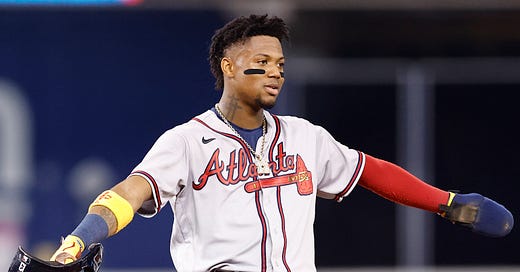Joe Sheehan — he of the essential Joe Sheehan Baseball Newsletter (sign up now!) — did some back-of-the-envelope math the other day, and he basically determined that the reason we are not talking right now about pitchers and catchers reporting and players being in the best shape of their lives and, well, BASEBALL, is $440 million.
The actual amount is ju…



